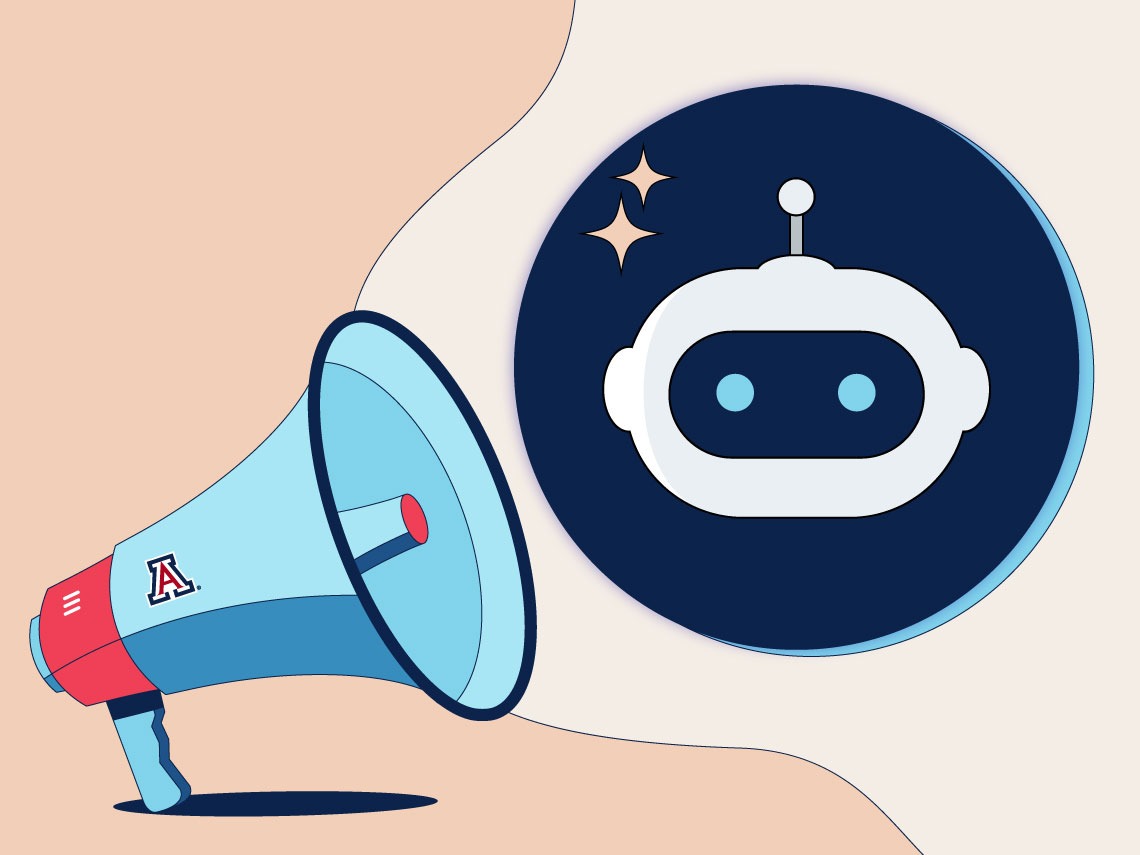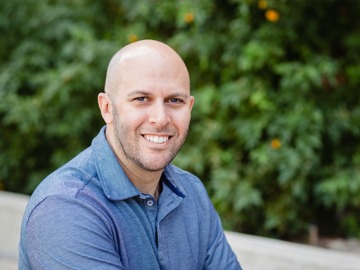Empowering Students to Share Their Voice in the AI Conversation
Learn how to encourage students to share their voice in the conversation surrounding AI and working collaboratively to come up with policies for AI use in the classroom.

When setting out to write this article on empowering student voice in the discussion surrounding artificial intelligence (AI), I got a little stuck on how to start it. Naturally, I went to ChatGPT for a little assistance. Here is what it came up with.
"In an era where artificial intelligence is no longer a distant concept but an integral part of our daily lives, the educational landscape finds itself at a crossroads. As educators, we have the remarkable opportunity not only to harness the power of AI for enhanced learning but also to guide and empower our students in its responsible and ethical use. Picture a classroom where students and teachers collaboratively shape the rules that govern AI's role in education—a classroom where innovation and conscientiousness intertwine. This is the journey we embark upon as we explore the dynamic process of working hand in hand with students to craft a syllabus policy that navigates the ever-evolving waters of AI integration."
This feels like a voiceover for a dystopian movie blockbuster. But it does capture the essence of what I hope to accomplish with this article, albeit in a wordier way than I might have put it. Ultimately, I set out to examine what it would be like to work collaboratively with students on crafting an AI policy for a course.
As an instructional designer I often get asked for guidance on introducing new technologies in class, how to best promote academic integrity, and what to put in a syllabus. The issues surrounding AI encompass all of those things. But one thing that is missing from this conversation is student voice, and since I am also teaching a course this term I have the unique opportunity to bring students into the conversation.
Whether we want them to or not, students are using generative AI in a variety of ways. Much like I used ChatGPT to help me get started with this article, students are doing the same thing (Terry, 2023). We can choose to ignore that and look the other way on AI use, forbid it altogether, or create an open dialogue about how we can use it effectively and ethically. I’m attempting to do the latter. My goals are to encourage transparency, build trust, and empower students to share their voice.
So before the first day of classes I wrote down three broad questions to use to open the conversation.
- Have you used AI in your courses before? If so, how?
- Do you want to be able to use AI?
- What do you want to see from an AI policy in class?
Here’s how the conversation went.
When asked if they have used AI before, only about a quarter of the students said yes. This was a much smaller amount than I anticipated, but still valuable to know. Those that had used it before said they mostly used it for idea generation. They said it was a helpful tool for them to get started with brainstorming about a project or assignment.
A couple students also said that they used it like a search engine in a way that they could both gather resources and get an explanation at the same time. They said that was helpful in understanding difficult concepts and finding useful resources online.
When asked if they wanted to be able to use AI the students were generally open to it. A few voiced about how AI was completely banned at their previous schools and they thought that was unfair. So while there wasn’t a lot of enthusiasm surrounding AI, there was a general consensus that should they want to use it they would like to have that option.
The overwhelming argument for wanting to have access to AI was for idea generation. The conversation kept circling back to that, even from students who may not have used it before or used it sparingly.
I proposed one more addition to a classwide policy, that if they did use AI for any part of an assignment in class that they acknowledge that they used it and how they used it. There were no arguments to that addition and they all agreed that was fair.
While the conversation didn’t quite go as I imagined, I think it was a valuable exercise in opening the topic of conversation around AI and creating an environment in which the students know that they can experiment with the tool should they choose to. When looking at my goals for this exercise, I feel confident that I am encouraging transparency in the guidelines that we agreed upon, and that I am building trust with the students because they know I am giving them the autonomy to explore. And I hope that this first conversation will empower students to share their voice on not just the topic of AI, but all topics throughout the semester. Time will tell on that last one, but perhaps I will check in at the end of the semester with an update.
*ChatGPT was used and referenced in this article as a way to show how students are also using the tool for idea generation.
References
Terry, O. K. (2023). I’m a student. you have no idea how much we’re using CHATGPT. The Chronicle of Higher Education. https://www.chronicle.com/article/im-a-student-you-have-no-idea-how-much-were-using-chatgpt


